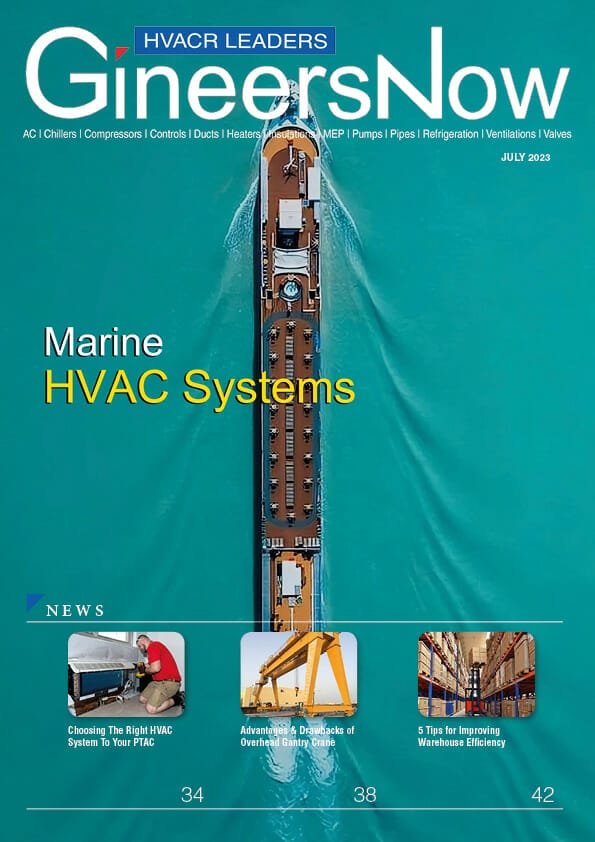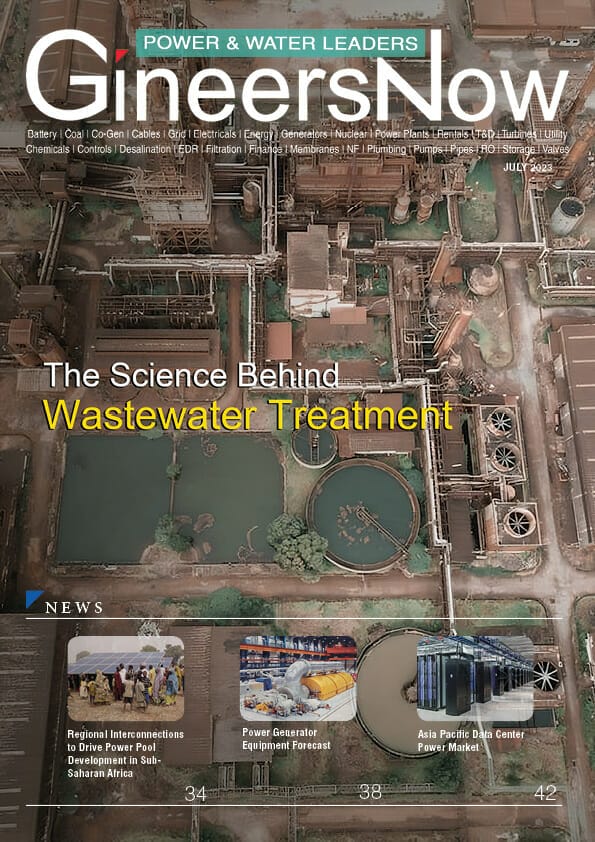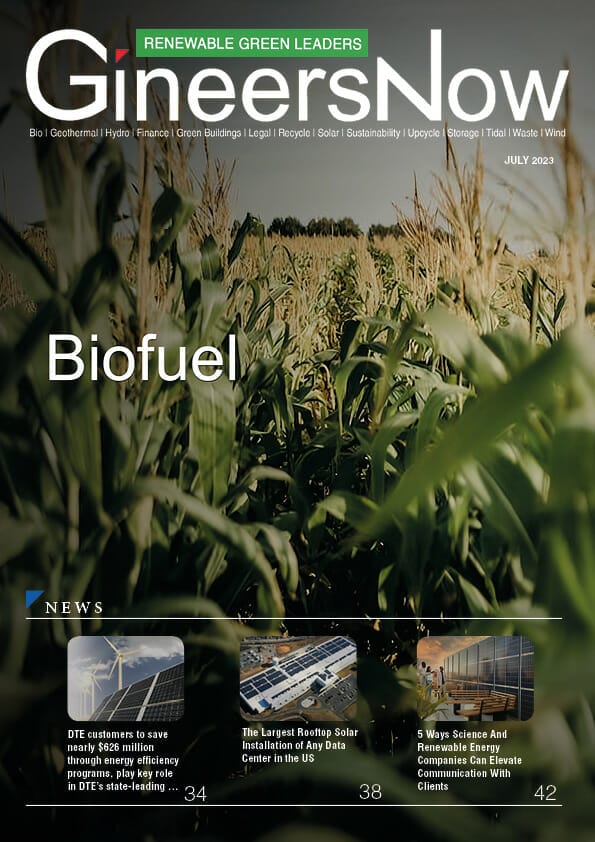Learn how freeze plugging can provide improved safety, productivity, and efficiency for oil and gas production operations. Discover the numerous benefits of this new technology today!
The oil and gas industry is complex, with many different methods used to manage the extraction process. One of the key techniques utilized in this industry is freeze plugging. Freeze plugging prevents unwanted liquids from entering an area at high pressure, often during well-completion operations. This method involves freezing a wellbore zone, which creates a barrier between the wellbore and its surroundings.
What is Freeze Plugging?
Freeze plugging is used in oil and gas production to improve efficiency, safety, and overall operations. It involves the installation of plugs into pipelines or infrastructure to prevent fluids from flowing back through the system. By creating an ‘airlock’ effect, freeze plugging can help reduce or even eliminate any potential damage caused by water ingress or pressure surges.
The process can be used for surface and subsea applications, providing a reliable solution for controlling flowback. Freeze plugging provides greater control over operations and increases efficiency by reducing downtime due to maintenance requirements. The process ensures that operators can manage their systems more efficiently with minimal disruption and improved safety standards across all stages of production.
Effects of Freeze Plugging on Oil and Gas Production
Freeze plugging is a common and economical method used by oil and gas companies to suspend production in wells during certain times of the year. It involves blocking off water flow pathways with frozen plugs made from hydrocarbons and other polymers that form an effective seal between the well and its surrounding environment. This technique has been widely adopted for its cost-effective approach to reducing or stopping water infiltration into production systems.
The effects of freeze plugging on oil and gas production vary depending on how it is implemented. Generally speaking, the process can reduce or even stop the amount of water entering a system while allowing an uninterrupted flow of oil or gas through a pipeline. This can be beneficial because it allows companies to maintain higher productivity levels without investing more money in equipment upgrades or repairs due to water infiltration.
Tools & Materials Needed for Freeze Plugging for Oil and Gas Production
Freeze plugging is a process used in oil and gas production to repair or modify system components. It involves creating a temporary blockage or “plug” that can resist extreme temperatures, pressures, and corrosive elements associated with the industry. To ensure successful freeze plugging, it is important to have the right tools and materials on hand.
The most common tools used for freeze plugging include insulated pumps for transferring liquids at low temperatures; pressure gauges to get accurate readings; thermometers for monitoring temperatures; and clamps for securing plugs in place. Other pieces of equipment that may be needed are cryogenic hoses, valves, regulators, strainers, filters, gloves, safety glasses, protective clothing such as coveralls or aprons, and welding equipment such as torches and electrodes.
Freezing Plugging Process Overview in Oil and Gas Production
Freeze plugging is a process used in oil and gas production to isolate pipeline or wellbore tubing sections. It is carried out by freezing the fluid inside the pipe using liquid nitrogen, forming an ice plug that blocks off the affected area. This technique can be used to seal off sections of a producing well without having to shut down operations, saving time and money.
The freeze plugging process involves inserting two metal rods into each end of the pipe section being isolated. The metal rods create an electrical circuit which is then connected to a power source that circulates electric current throughout the pipe section, heating the fluids inside it until they reach sub-zero temperatures.
Benefits of Freeze Plugging for Oil and Gas
Freeze plugging is a well-known technique used in the oil and gas industry for controlling subsurface pressure. It has been used since the early twentieth century and offers many advantages over other pressure control methods. Freeze plugging involves injecting a liquid into an area of subsurface formation to create an ice plug that seals off the area, restricting fluid flow and controlling pressure within the area. This method has several benefits that make it advantageous for use in oil and gas operations.
One major benefit of freeze plugging is that it provides effective control over subsurface pressures without damaging nearby formations or causing an excessive surface disturbance. By freezing a solid mass at depth within the formation, deep pressures can be regulated with ease and minimally intrusive techniques.
Freeze Sealing Applications in Oil & Gas Operations
Over the years, the oil and gas industry has employed several methods for sealing and controlling flow in production operations. Freeze plugging is one of the most reliable techniques for achieving this goal, allowing it to be used in both onshore and offshore applications.
Freezer plugging requires that an exterior medium, such as water or carbon dioxide, be introduced at extremely low temperatures into a housing containing pressurized fluids or gases. This causes the fluid inside to solidify, creating an effective seal that can hold even under high pressure. Additionally, since no other materials are involved besides frozen liquid, it is fast and cost-effective compared to other sealing methods.
Freeze plugging can also be used to test components without releasing any liquids or gases into the environment – making it a safe option when dealing with hazardous materials.
Advantages of Ice Plugging Over Traditional Methods
Ice plugging is a relatively new and innovative method of freeze plugging that is quickly becoming a popular alternative to traditional methods. An owner or operator can take advantage of the process’s many benefits by using ice plugs.
The primary benefit of ice plugging is its cost-effectiveness. It requires little equipment, no specialty tools, and only minimal manpower – all factors contributing to reducing the overall costs associated with plugging projects. Moreover, since no additional drilling or excavation work is required when using this method, it eliminates any potential safety hazards posed by these activities and the need for costly permits to begin work.
Another advantage of ice plugging over traditional methods is its environmental friendliness. Ice plugging does not require the use of any chemicals, and, once the process is completed, no cleanup or other remediation work is necessary. Additionally, ice plugging offers a high degree of project flexibility.
Freeze Plugging Challenges to Overcome in Oil and Gas
Freeze plugging is a crucial process in oil and gas production. It involves deliberately lowering the temperature of certain pipes and valves to prevent water from entering the system, which can cause costly equipment damage. Despite its importance, freeze plugging presents several challenges that must be overcome to complete the task.
One major challenge is achieving proper pipe coverage during the plugging process. Unplugged areas can allow unfrozen water to enter the system, so it is important to ensure that all parts of pipes are properly plugged with ice or other materials. In addition, a major safety concern with freeze plugging contains hazardous gases that may be present in underground pipes or wells. If not properly handled, these gases could release into the environment and cause harm to nearby workers or civilians.
Freeze Plugging Safety Considerations in Oil and Gas Production
When it comes to oil and gas production, freeze plugging is an important safety consideration. Freeze plugging involves using specialized plugs to protect equipment from potential damage due to extremely cold temperatures. By preventing the occurrence of freezing temperatures, these plugs can help ensure that all equipment remains safe and running at optimal levels throughout all seasons.
Oil and gas production companies must understand the basics of freeze plugging to effectively protect their equipment from possible damage due to cold weather conditions. Each piece of equipment must be properly assessed to determine which type of freeze plug best fits its needs.
Additionally, oil and gas engineers must regularly check each piece of equipment for signs of wear or deterioration during freeze plug maintenance activities. Companies should also ensure their workers are thoroughly trained on proper installation techniques when installing new or replacement freeze plugs.
Read GineersNow Oil and Gas Magazine for FREE
Editor’s Note
Discover the remarkable benefits of freeze plugging for oil and gas production, including cost savings and improved efficiency. Unlock the potential of your operations today!
In the oil and gas industry, freeze plugging is becoming an increasingly popular production method. Freeze plugging is a process that delivers many unique benefits to both producers and consumers alike. It can be used to improve safety during good operations, prevent environmental damage from hydraulic fluid spills, and ensure production remains at optimal levels. This article will discuss the various advantages of utilizing freeze plugging in oil and gas production.
Freeze plugging is an innovative technique used in the oil and gas industry to reduce the risk of losing expensive equipment due to freezing temperatures. It involves a process of freezing water in a specific area, usually within pipes, which can prevent further damage from occurring when temperatures dip below freezing. This method has become increasingly popular as it offers cost-effective protection for costly oil and gas equipment.
The Freeze Plugging process starts by introducing water into an area at a temperature lower than 32 °F (0 °C). As the water reaches this temperature, it begins to freeze and expand in the pipes or other areas where it is being applied. This expansion results in increased pressure on existing structures, which creates a “plug” that seals off any further progression of cold air or liquid refrigerant.
Freeze plugging is a cost-effective and efficient method for oil and gas production. It allows producers to reduce their environmental impact while increasing their production rate. Moreover, freeze plugging can help optimize the use of resources while reducing costs associated with manpower and machinery. Furthermore, it can extend well life by preventing sand buildup inside wellbores. Lastly, freeze plugging effectively addresses water shutoff issues in offshore fields that are not easily accessible.

Final Word: Freeze Plugging Benefits of For Oil and Gas Production
In conclusion, freeze plugging is an effective and economical tool for oil and gas production. It helps maintain pressure, ensures safety, and reduces downtime. This method also improves production efficiency by preventing the loss of valuable resources from underground reservoirs or pipelines. Finally, freeze plugging can help oil and gas operators reduce costs, increase profits, and improve environmental sustainability.
Freezer plugging provides numerous benefits for oil and gas production that should not be ignored.


















